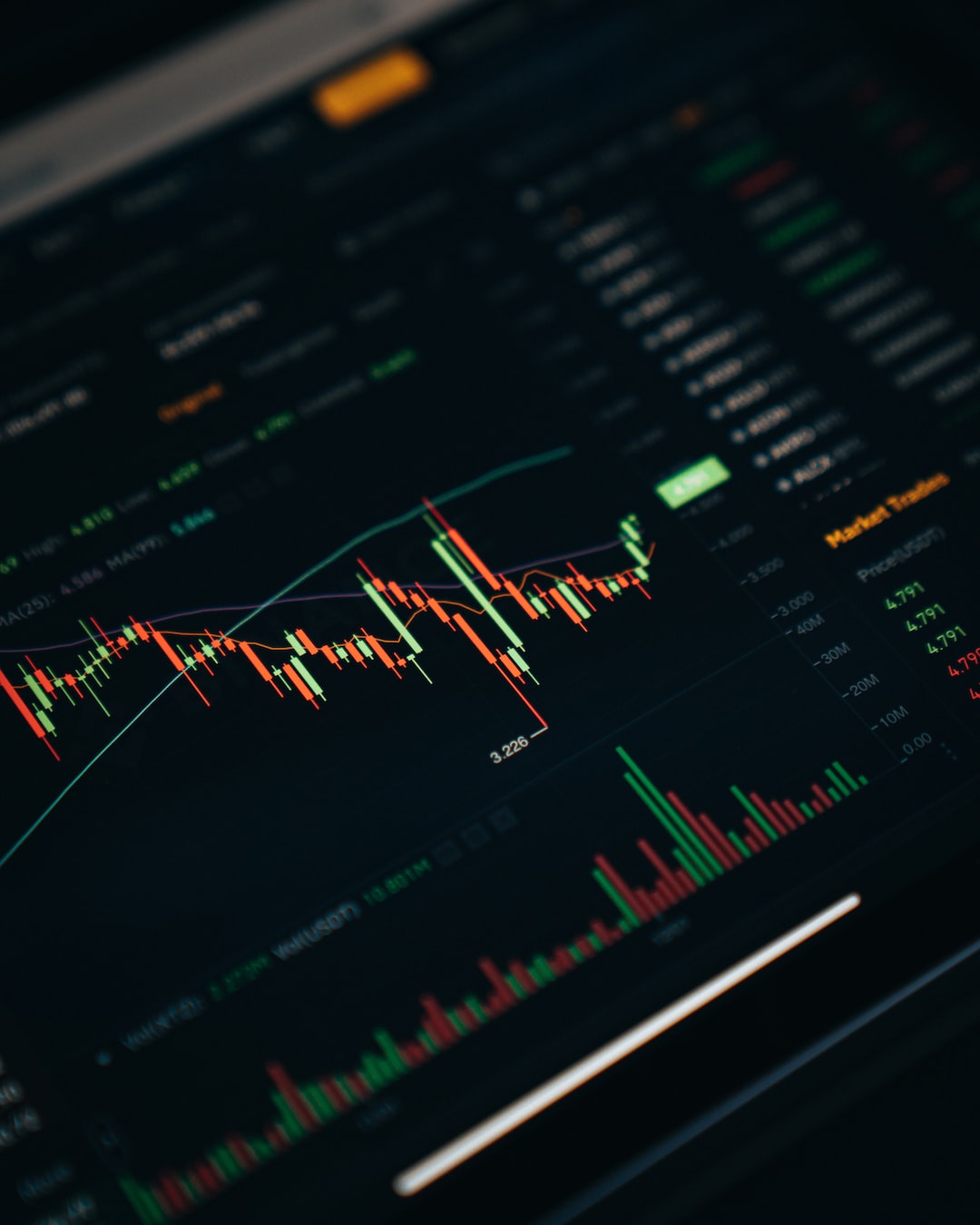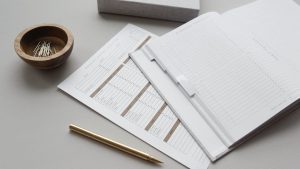Forex trading signals are an essential tool for traders to make informed decisions in the financial market. These signals are generated by analyzing the market trends, technical indicators, and other economic factors that affect the currency pairs. A forex trading signal provides valuable information about the possible direction of the market, the entry and exit points, and the risk management strategies. However, creating a forex trading signal is not an easy task, especially for beginners. In this article, we will explain how to create forex trading signals on a demo account.
1. Choose a Forex Trading Platform
The first step in creating a forex trading signal is to choose a reliable forex trading platform. There are several forex trading platforms available in the market, such as MetaTrader 4, MetaTrader 5, cTrader, and NinjaTrader. These platforms offer various features, including real-time charts, technical indicators, news feeds, and other tools that are essential for creating forex trading signals. You can choose any platform that suits your trading style and preferences.
2. Understand the Market Trends
The next step is to understand the market trends. The forex market is a highly volatile and dynamic market that is influenced by various economic and political factors. Therefore, it is essential to analyze the market trends to identify the possible direction of the market. You can use various technical indicators, such as moving averages, MACD, RSI, and Bollinger Bands, to analyze the market trends. These indicators provide valuable information about the market momentum, support and resistance levels, and trend reversals.
3. Identify the Entry and Exit Points
Once you have analyzed the market trends, the next step is to identify the entry and exit points. The entry point is the price level at which you want to enter the market, and the exit point is the price level at which you want to exit the market. You can use various technical indicators, such as Fibonacci retracements, pivot points, and support and resistance levels, to identify the entry and exit points. These indicators help you to determine the potential profit and loss of the trade.
4. Set the Stop Loss and Take Profit Levels
The next step is to set the stop loss and take profit levels. The stop loss is the price level at which you want to close the trade if the market moves against you, and the take profit is the price level at which you want to close the trade if the market moves in your favor. Setting the stop loss and take profit levels is essential to manage the risk of the trade. You can use various risk management strategies, such as trailing stop loss and fixed stop loss, to manage the risk of the trade.
5. Test the Forex Trading Signal on a Demo Account
The final step is to test the forex trading signal on a demo account. A demo account is a simulated trading account that allows you to practice trading in a risk-free environment. You can use the demo account to test your forex trading signal and refine it based on the results. The demo account provides valuable feedback about the performance of your forex trading signal and helps you to make the necessary adjustments before trading with real money.
In conclusion, creating a forex trading signal requires a thorough understanding of the market trends, technical indicators, and risk management strategies. By following the above steps, you can create a forex trading signal on a demo account and refine it based on the results. However, it is essential to remember that forex trading involves a significant risk of loss and is not suitable for all investors. Therefore, it is crucial to trade with caution and manage your risk effectively.





